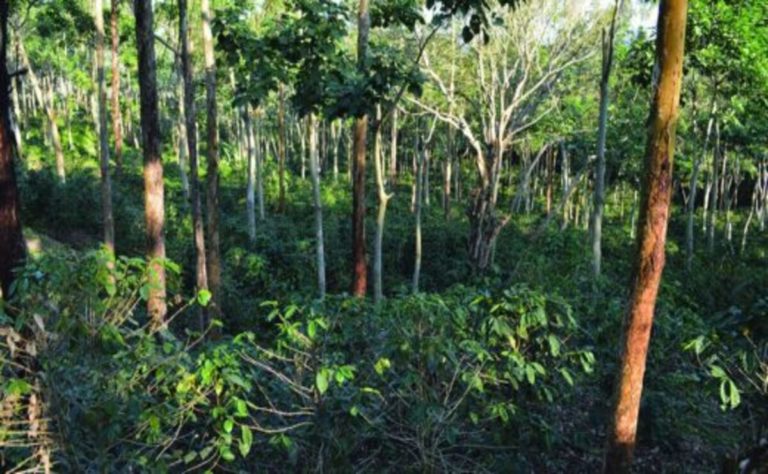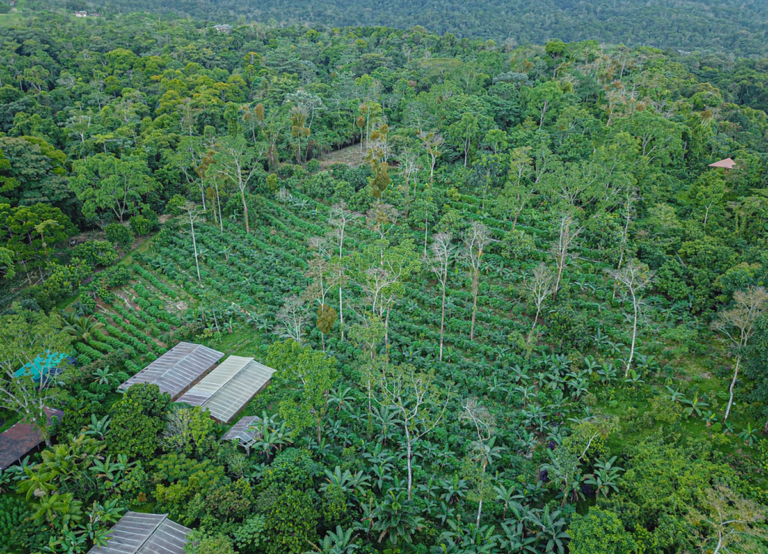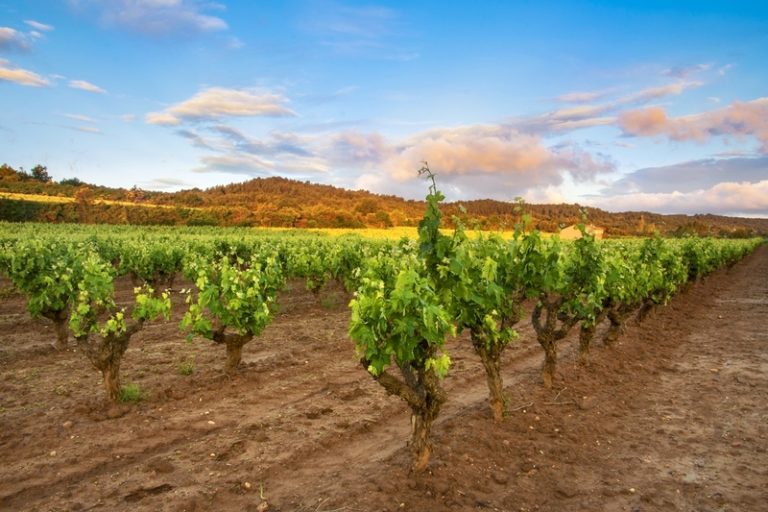Agroforestry Carbon Credits: An Innovative Solution for Sustainable Farming and Climate Change Mitigation
Agroforestry is a land-use management system that integrates trees and shrubs with agricultural crops and/or livestock in a symbiotic manner. Agroforestry practices can bring numerous benefits, such as soil conservation, biodiversity conservation, enhanced water quality, increased crop yields, and enhanced resilience of the agroecosystem to climate change.
Agroforestry systems have a unique advantage in that they can sequester a significant amount of carbon from the atmosphere, which has the potential to mitigate climate change.
This article will explore the concept of agroforestry carbon credits and their potential to contribute to sustainable farming and climate change mitigation.
What are Carbon Credits?
Carbon credits are tradable permits that represent the right to emit one metric ton of carbon dioxide equivalent (CO2e) into the atmosphere.
Carbon credits are part of a market-based mechanism for mitigating greenhouse gas emissions, in which an entity that emits carbon dioxide or other greenhouse gases can offset their emissions by purchasing carbon credits from a project that reduces greenhouse gas emissions.
The idea is that, by putting a price on carbon emissions, it creates a financial incentive for companies and individuals to reduce their carbon footprint.
Carbon credits are generated by projects that reduce greenhouse gas emissions or remove carbon dioxide from the atmosphere. These projects can range from renewable energy projects to forest conservation and reforestation projects.
The carbon sequestration potential of these projects is measured and verified, and the resulting carbon credits can be sold to companies or individuals who want to offset their own greenhouse gas emissions. Carbon credits are often used by companies to meet voluntary carbon reduction targets or as part of a carbon offsetting program to achieve carbon neutrality.

What is Agroforestry in Agriculture?
Agroforestry is a land-use management system that combines trees or shrubs with agricultural crops and/or livestock in a mutually beneficial manner.
There are many different types of agroforestry systems, such as alley cropping, where rows of trees or shrubs are planted between rows of crops, or silvopasture, where trees or shrubs are integrated with grazing animals.
The combination of trees or shrubs with crops or livestock in agroforestry systems can bring numerous benefits, such as enhanced soil fertility, reduced erosion, and increased biodiversity.
Agroforestry systems can also sequester a significant amount of carbon from the atmosphere through the process of photosynthesis. Trees and shrubs absorb carbon dioxide from the atmosphere and store it in their biomass and in the soil.
The amount of carbon that can be sequestered in an agroforestry system depends on a variety of factors, such as the type of trees or shrubs, the planting density, the management practices, and the climatic conditions.
What are Agroforestry Carbon Credits?
Agroforestry carbon credits are a type of carbon credit that is generated by implementing agroforestry practices. The carbon sequestration potential of the trees and shrubs in the agroforestry system is measured, and the resulting carbon credits can be sold to companies or individuals who want to offset their own greenhouse gas emissions.
This creates a financial incentive for farmers to adopt sustainable agroforestry practices while also contributing to global efforts to mitigate climate change.
The concept of agroforestry carbon credits is still relatively new, but it has the potential to be an innovative solution for sustainable farming and climate change mitigation. Agroforestry carbon credits can provide farmers with an additional source of income while also promoting the adoption of sustainable agroforestry practices.
By sequestering carbon in their agroforestry systems, farmers can contribute to global efforts to mitigate climate change while also reaping the benefits of enhanced soil fertility, increased biodiversity, and improved water quality.

How are Agroforestry Carbon Credits Verified?
The verification and monitoring of carbon sequestration in agroforestry systems can be challenging, and there are ongoing debates about the appropriate methodologies and standards for measuring carbon sequestration in agroforestry projects.
But there are a few ways that agroforestry systems are often checked to see if they are storing carbon. The most common method is the Plan Vivo System, which is a community-based system for sustainable land use management.
Plan Vivo has developed a methodology for measuring the carbon sequestration potential of agroforestry systems, which includes the calculation of a baseline for carbon emissions as well as the monitoring and verification of carbon sequestration over time.
The Plan Vivo system is designed to be accessible and affordable for smallholder farmers and has been used in a variety of agroforestry projects around the world.
Another common method for verifying carbon sequestration in agroforestry systems is the Verified Carbon Standard (VCS). The VCS is a private sector standard for carbon offsets that includes a methodology for agroforestry carbon projects.
The VCS methodology includes the measurement of the carbon stocks in the agroforestry system as well as the assessment of the carbon sequestration potential over time. The VCS methodology is more rigorous than the Plan Vivo system, but it can also be more expensive and time-consuming to implement.
There are also other methodologies for measuring carbon sequestration in agroforestry systems, such as the Climate, Community, and Biodiversity (CCB) Standards and the Gold Standard for the Global Goals.
Each methodology has its own strengths and weaknesses, and the choice of methodology will depend on the specific project and its objectives.
Regardless of the methodology used, the verification and monitoring of agroforestry carbon credits typically involve the following steps:
- Baseline assessment: The baseline assessment involves the measurement of carbon stocks in the agroforestry system before the project is implemented. This is needed to set a baseline for carbon emissions, which can be used to figure out how much carbon the agroforestry project is able to store.
- Monitoring: Once the project is implemented, the carbon sequestration must be monitored over time. This involves regular measurements of carbon stocks in the agroforestry system as well as the calculation of the amount of carbon sequestered.
- Reporting: The results of the monitoring must be sent to the right authority or organization, which will check the carbon sequestration and give out carbon credits.
- Verification: The verification process involves an independent review of the monitoring data and the project documentation to make sure that the project has met the requirements of the chosen methodology.
- Issuance of carbon credits: Once the project has been verified, the carbon credits can be issued to the project owner, who can then sell them on the carbon market.
Challenges and debates around the verification and monitoring of agroforestry carbon credits continue, as there is no single universally accepted standard. But the methods and approaches we’ve talked about above give us a way to measure and confirm that carbon is being stored in agroforestry systems.
Challenges and Opportunities for Agroforestry Carbon Credits
Agroforestry carbon credits could be an innovative way to farm in a way that is good for the environment and helps stop climate change, but there are also challenges and opportunities to think about.
One of the challenges is the verification and monitoring of carbon sequestration in agroforestry systems. This can be a complex and expensive process, and there is a need for affordable and accessible methodologies that can be used by smallholder farmers.
Another challenge is the market for agroforestry carbon credits. While the demand for carbon offsets is growing, the market for agroforestry carbon credits is still relatively small. There is a need for more awareness and education about the benefits of agroforestry and the potential for agroforestry carbon credits, as well as more buyers willing to purchase these credits.
However, there are also opportunities for agroforestry carbon credits. As the demand for sustainable and carbon-neutral products and services grows, the market for carbon offsets is likely to grow as well. This creates an opportunity for farmers to participate in carbon markets and generate an additional source of income.
Furthermore, agroforestry systems can bring numerous co-benefits, such as enhanced soil fertility, increased biodiversity, and improved water quality. Farmers can make their agroecosystems more stable and resilient by using agroforestry techniques. This can help their farms be more productive and last longer in the long run.
Conclusion
Agroforestry carbon credits are an innovative solution for sustainable farming and climate change mitigation. By sequestering carbon in their agroforestry systems, farmers can contribute to global efforts to mitigate climate change while also reaping the benefits of enhanced soil fertility, increased biodiversity, and improved water quality.
While there are challenges and opportunities to consider, the potential benefits of agroforestry carbon credits are significant, and they offer a unique opportunity for farmers to participate in carbon markets and generate an additional source of income.
Also Read :-







